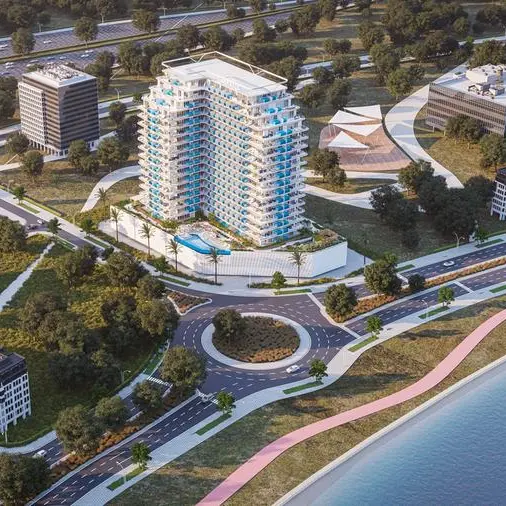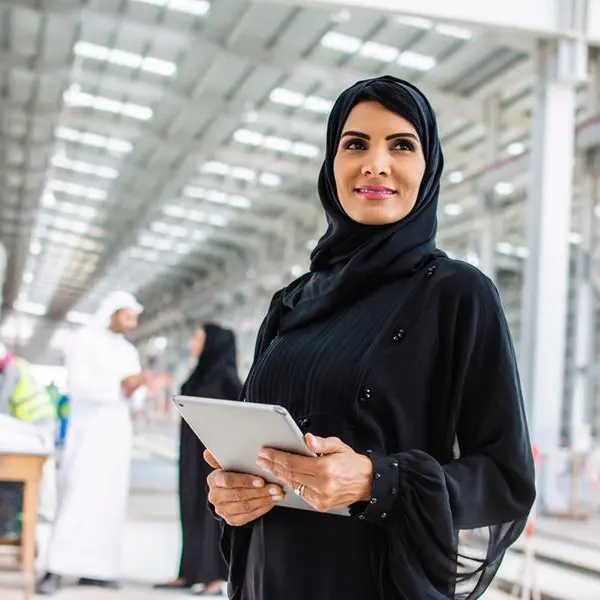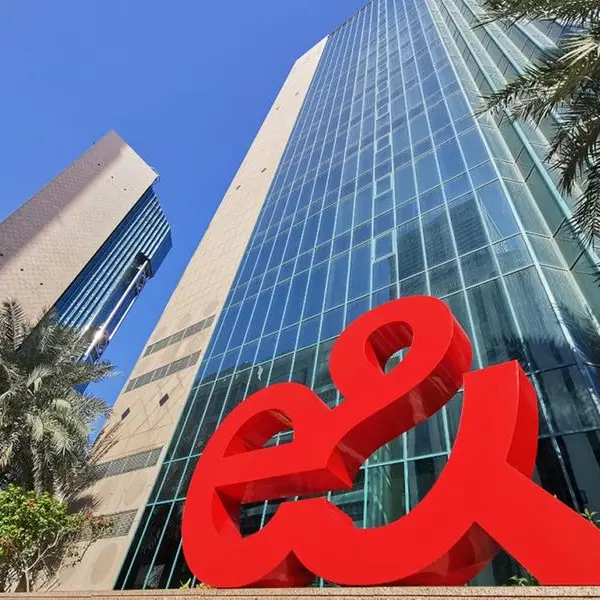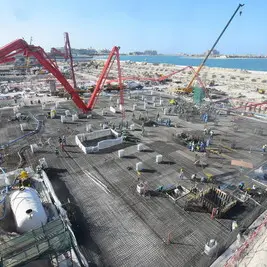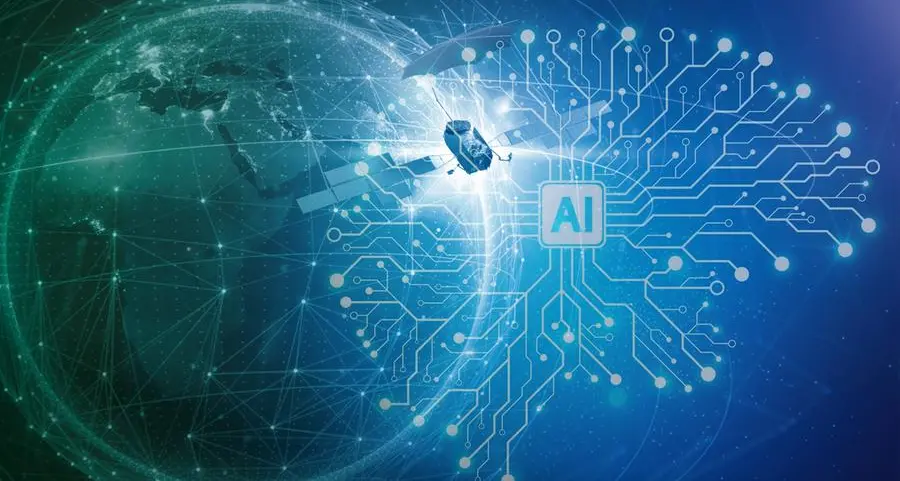With dropping costs, solar energy is becoming more and more competitive and many countries including the UAE are adopting it as it caters to their sustainability strategy. In this exclusive interview, Fadi Nassif, Regional Sales Leader, GE Power Conversion shares insights into solar power and sheds lights on GE's latest technology in this sector, which helps to further decrease solar costs by increasing efficiency.
How would you describe the solar power performance amidst the global energy mix?
Over the past decade, the Middle East and North Africa region has taken big steps to tap the potential of solar power, one of the most abundant natural energy sources.
The UAE has undertaken path-breaking initiatives in this regard, and adopting solar energy as part of the energy mix is today a strategic priority backed by a clear action plan. The UAE has thus achieved significant milestones in tapping solar power, which also reflect the sustainable development vision of the nation, highlighted by the 'green economy for sustainable development' initiative and the Dubai Integrated Energy Strategy.
Led by significant cost decrease, solar is now becoming more and more competitive - and a widely accepted component of the energy mix. In recent solar plant bids, we are seeing grid parity, which means that the cost of solar energy is at the same level as conventional power generation, and in some cases even lower. One of the recent bids in Dubai was signed at 5.48 cents / kWh, while currently electricity is generated with gas turbines at 9 cents / kWh, so the solar plant provides a real economic benefit.
In other countries the benefit can be even more drastic. In Germany, for instance, the energy cost is at over 30 cents / kWh. Now when you are able to generate power with solar plants at 5.48 cents, the cost benefit is huge. In many countries, solar is already below grid parity, and the number is growing.
Innovative technology is driving that cost decrease even further down. Inverters that operate at 1500 V DC, like GE's LV5 solar inverter, allow for 50% higher efficiency and significantly lower investment and operational costs. GE has an installed base of 1500 V inverters in Germany since 2011, and also in the U.S.
The bottom line is - solar energy is no longer just about being environmental friendly, it now also provides a real economic advantage, and we see more and more countries adding solar to their grid because it is economically viable.
What is driving the growing demand for solar projects worldwide?
The main driver is the low costs. Solar energy will continue to grow as more and more countries are reaching grid parity.
But there is another factor that adds to the attractiveness of solar, and that is energy security. As part of the energy mix, solar provides high independence from fuel imports, which is gaining importance, as factors like oil price variation, fuel production shortages, political conflicts, and even wars can impact a country's imports of fossil energy. Solar can strongly increase energy security. For nations in the region that heavily rely on oil imports to generate power, this can be critical.
Which markets are witnessing investments in solar power the most?
Among the countries we see moving ahead at fast pace is the UAE. Jordan is also one of the high potential markets. The country has one of the largest numbers of projects awarded already, 12 in 2014 alone, and more projects are currently being planned. Further strong investors are Egypt and Morocco.
How do you assess solar power in the Middle East?
Like in other regions of the world, solar is getting more and more competitive. At the same time, we see some challenges, such as highly subsidized fossil energy prices in some countries. This leads to a market distortion, and even though solar costs are dropping, solar can hardly compete against subsidized electricity. Governments need to find a way to balance energy costs between different sources, both conventional and renewables, to allow for increased energy stability, security and efficiency. If they calculate conventional power generation closer to the market price of oil and gas, solar can provide strong cost benefits and these countries can actually save a lot of money.
Another challenge is the intermittent nature of solar energy. As the sun is not shining 24/7, solar plants cannot produce constant electricity like a conventional plant can. This requires measures to stabilize the grid and to balance the actual generation with the demand, and not all grids in the Middle East are prepared for this yet. GE is working on solutions that address this challenge. In Berlin, Germany, GE has just successfully inaugurated a first-of-its-kind hybrid power plant that combines a solar plant with a battery and a flexible Jenbacher combined heat and power plant. This system allows reliable power supply at very high efficiency.
What is the latest technology that GE has added to its solar power solutions?
GE has recently introduced the innovative LV5 1500V solar inverter that helps to further decrease solar costs by increasing efficiency. Using new power electronics, this inverter reaches a 50 percent higher power output by using 1.5 kV DC technology instead of the 1.0 kV industry standard. The result is one of the most efficient utility-scale inverters in the world.
What makes the LV5 solar inverter particularly attractive for the Middle East is that it is designed for harsh environments. Its liquid cooling system allows operations at very high temperatures, while its IP65 rated cabinet provides a completely sealed enclosure with no additional housing and air-conditioning required, enabling the inverter to withstand high levels of heat, dust and humidity.
What is the advantage this innovation is bringing to the solar industry?
GE's LV5 solar inverter can help utilities to significantly lower both their investment and operational costs. The LV5 can process power from solar installations generating 4 megawatts, instead of the typical 1-megawatt market offering. As a result, solar farms can replace four inverters with one and save an estimated $6 million in capital expenditures for a 200-megawatt farm, as recently proven in a study done in Germany. In addition, operational expenditures can be decreased by up to $500k per year due to reduced maintenance costs.
Why does the region need it now more than ever?
Many countries in this region still depend on fossil energy sources, but they realize that these sources are finite, so they are striving to diversify their industries. Adding more solar to the grid can enable these countries to use their fossil sources to grow their industries, instead of just producing electricity for the entire country. Moreover, solar can help to make the countries independent from any type of fuel on the long term and make a strong contribution to higher energy security.
Any technology that can bring costs further down and increase efficiency, such as GE's LV5 1500V inverter, can help to push solar energy in the region and enable governments to reach their energy security, stability and efficiency goals earlier.
According to you, what is the future of solar in this part of the world?
I am confident that we will see sound solar growth in the region. It has all the benefits. The technology is now competitive, and the resource is there as we have 300 days of sunshine per year on average. In addition, solar is environmental friendly and ties in with the sustainability strategy of many countries in the region. The governments will work to put solar on a broader basis, and we are already seeing such initiatives. For example, Dubai is undertaking a novel initiative encouraging home and building owners to set up solar panels in the rooftops of their buildings, which will be connected to the grid. We see countries such as the UAE move ahead quickly, because they simply see the benefits.
About Fadi Nassif
Fadi Nassif is the Regional Sales Leader of GE's Power Conversion business for the Middle East, North Africa and Turkey.
He started his career at GE in 2003, as a sales manager in GE's Oil & Gas business for the UAE. His experience builds on growing roles that started in 2007 as a global projects manager focusing on early engagement and solution selling. He then took on responsibility in 2009 as the sales team leader for the Gulf & East Med region, driving sales force effectiveness and commercial excellence. His role expanded in 2012 to drive synergy across the product lines in the Measurement & Control business in the Gulf, before he served as a Sales Director for the Measurement & Controls product line covering MENAT & SSA.
Prior to joining GE, Fadi worked for five years in a major Contracting company on O&G construction sites in Saudi Arabia, Qatar and the UAE.
Fadi has a bachelor's degree in Electrical Engineering from the American University of Beirut.
© Capital Business 2015




